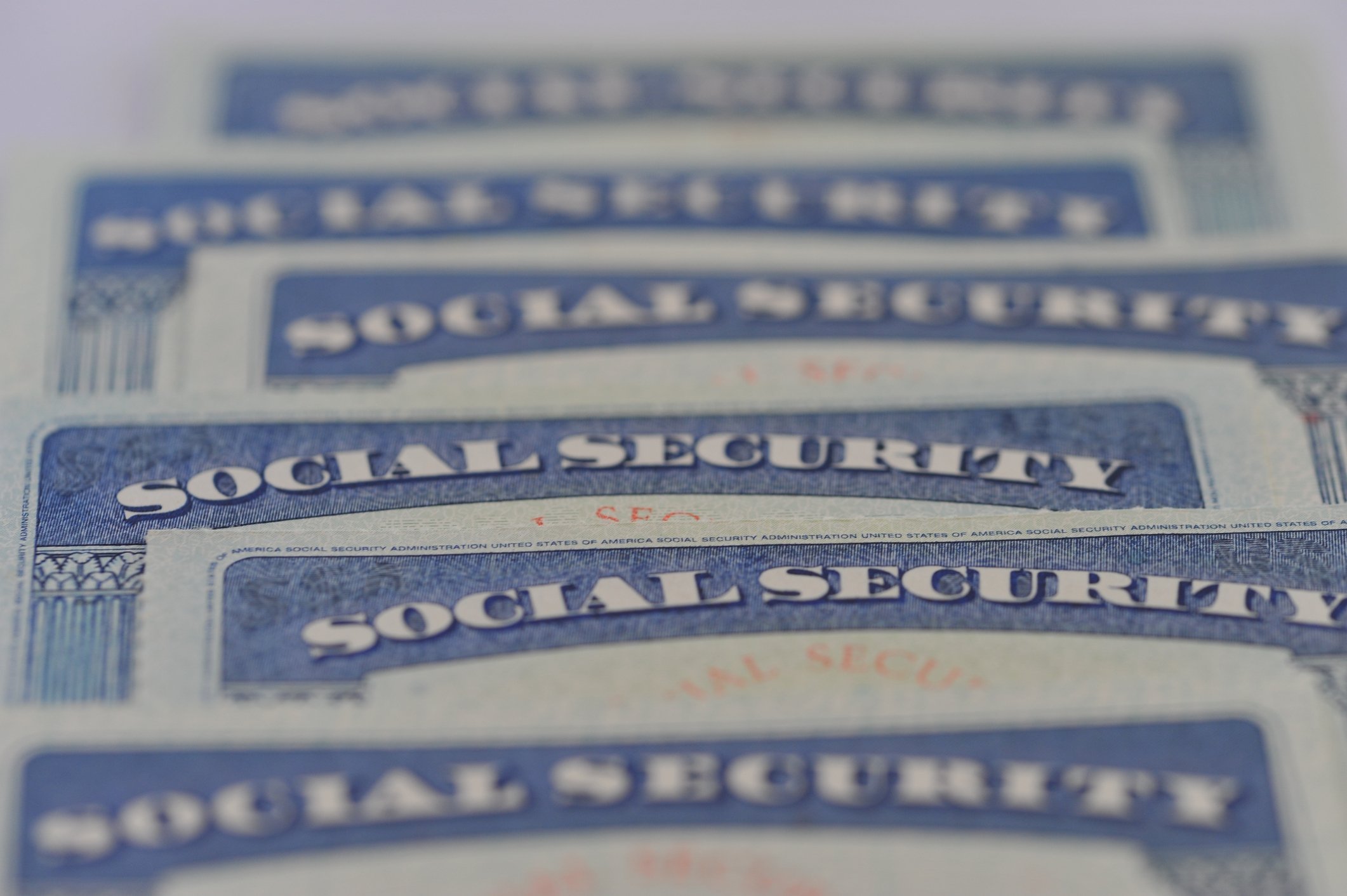We all want to enjoy a comfortable, financially secure retirement. But saving for the future isn't enough; you'll also need to develop an ideal asset allocation strategy so that your investments allow you to achieve your long-term goals. This means ensuring that your portfolio contains a healthy mix of stocks, bonds, and even some cash. Of course, your strategy will depend on a number of factors, including your anticipated retirement length and tolerance for risk. Here, we'll review some key moves to make and points to consider as you attempt to pin down the best plan for your retirement.
What will your asset mix look like?
When we talk about asset allocation, we're generally talking about three distinct investment vehicles:
- Stocks, which are more volatile than other investments but have historically delivered the highest returns.
- Bonds, which are a less risky, income-producing investment that typically offer higher returns than cash but lower returns than stocks.
- Cash, which is generally a completely risk-free investment but offers little in the way of returns, especially in today's interest rate environment.
While there's no rule stating that you must have all three of the above in your portfolio, the typical investor incorporates each of these assets into his or her personal mix.

IMAGE SOURCE: GETTY IMAGES.
Asset allocation when retirement is near
The asset allocation strategy you employ during your pre-retirement years will differ from the approach you take early on in your working years, or later on in life, once you're actually retired. Ideally, your goal leading up to retirement should be to continue growing your assets without taking on too much risk -- the reason being that you're going to need access to your investments relatively soon, and you don't want to run into a situation where your portfolio value takes a major dive just as you're about to dip in.
So what's the ideal strategy for you? Well, it will depend on a couple of things, and a big one is your tolerance for risk. Though most pre-retirees are advised to start shifting their assets into safer investments, like bonds, if you happen to have a higher-than-average appetite for risk, you might maintain a more stock-heavy portfolio. The same holds true if you have a solid backup plan for generating retirement income, such as a side business you plan to focus on once you leave your full-time career behind. This way, if your investments take a hit early on in retirement, you can leave them in place to recover and sustain yourself with the income your venture produces.
Another factor that will influence your pre-retirement asset allocation strategy is the extent to which you need to keep accumulating wealth. If, for example, you're 60 years old and have already amassed enough savings to meet your long-term needs, then you might shift heavily away from stocks. After all, there's no point in putting your portfolio at risk if you don't need more money than you currently have.
How much should you keep in stocks?
Assuming you're still looking to grow your savings over the next five to 10 years, and you have an average appetite for risk, you can take your age, subtract it from 110, and use that number to determine how much of your portfolio ought to remain in stocks. For example, if you're 60 years old, it means that 50% of your assets should be invested in stocks. You might split the other 50% between bonds (40%) and cash (10%), or whatever other percentages best meet your needs. (As a general rule, you don't want to have too much money tied up in cash, and while you most definitely need an emergency fund going into retirement, that money should be in its own separate account.)
Of course, the above formula isn't perfect, and can be tweaked as necessary to accommodate your personal circumstances. But it's a reasonable starting point for determining how to allocate your assets.
Clearly, there's no such thing as a one-size-fits-all approach to asset allocation. That's why you'll need to consider your retirement timeline, risk tolerance, and goals when establishing your personal strategy. Furthermore, don't forget to tweak that strategy once retirement actually begins. Your portfolio should never be something you set and forget, and the more you keep tabs on it, the better your investments are likely to serve you in the long run.





